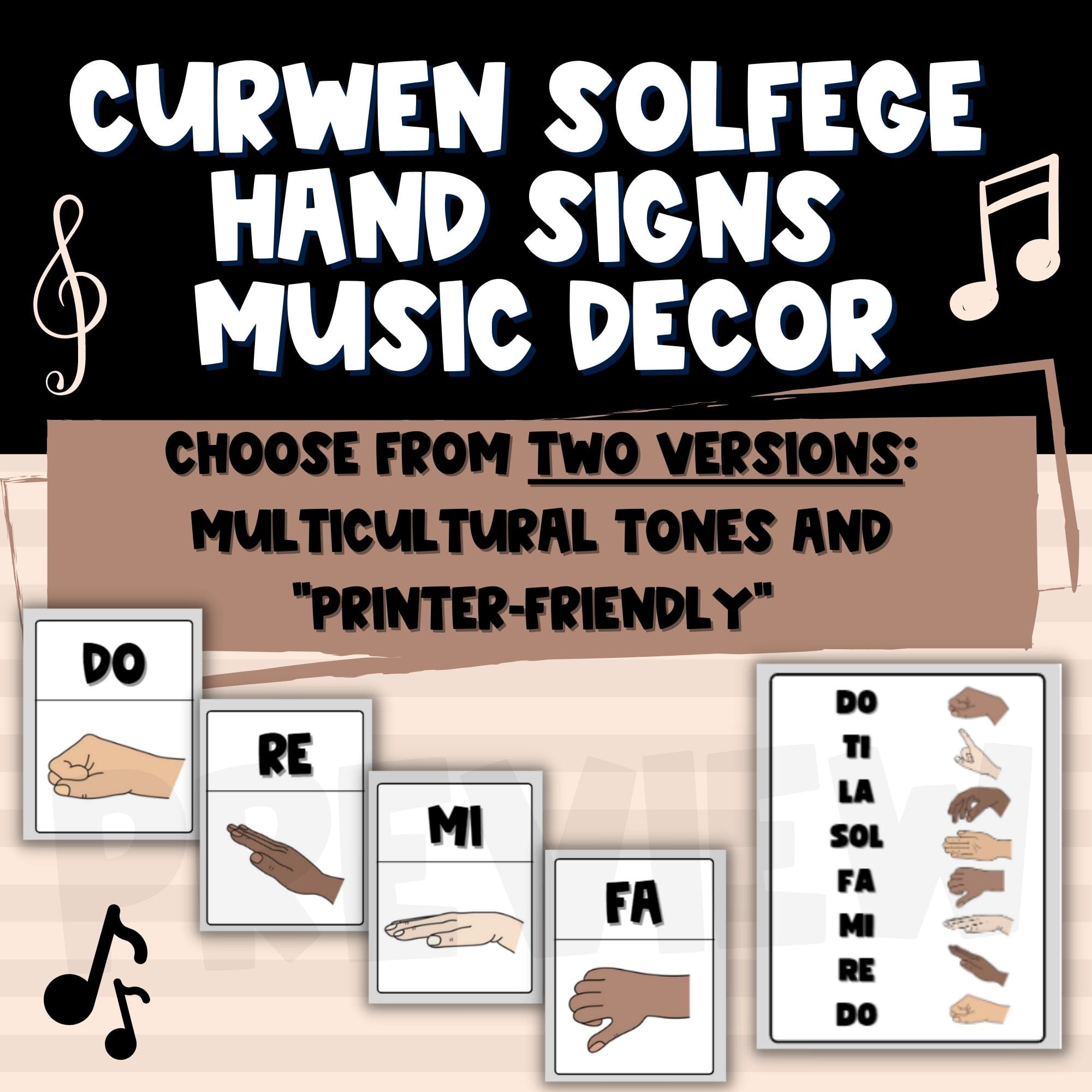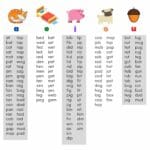Ever wish you could “see” music? Solfege hand signs offer just that! By assigning each musical note a unique hand gesture, they bridge the gap between sound and sight, enhancing your musicality, whether you’re a seasoned musician or just beginning your journey. This guide explores the history, mechanics, and diverse benefits of these powerful tools. Let’s dive in and discover how solfege hand signs can unlock a whole new level of musical understanding.
Mastering the Hand Signs
Solfege hand signs, also known as Kodály or Curwen hand signs, provide a physical dimension to the solfege system (Do, Re, Mi, Fa, So, La, Ti). Each syllable, representing a distinct pitch, corresponds to a specific hand gesture. They’re like a secret language for music, allowing you to visualize intervals and melodies.
Deciphering the Gestures
Let’s break down each hand sign:
| Solfege Syllable | Hand Sign Description |
|---|---|
| Do | Make a loose fist, like you’re gently holding something. |
| Re | Hold your hand at an angle, slanted upwards, like you’re presenting something. |
| Mi | Keep your hand flat and parallel to the floor, as if you’re holding a tray. |
| Fa | Point your thumbs down towards the ground, in front of you. |
| So | Hold your hand flat with your palm facing you, like you’re showing someone something in your hand. |
| La | Shape your hand like the letter “L.” |
| Ti | Point your index finger upwards, like you’re reaching for something high up. |
| Do (high) | Make the same loose fist as the lower Do, but hold it higher up in the air. |
Practicing these shapes in front of a mirror can accelerate memorization. You can even link them with roman numerals copy and paste for a cross-disciplinary learning experience.
A Historical Melody: Tracing the Roots
The history of solfege hand signs is a fascinating journey through musical pedagogy. While often attributed to Zoltán Kodály, who integrated them into his influential 20th-century music education method, the hand signs actually predate him. They originated with John Curwen in 19th-century England, who adapted and expanded upon Sarah Glover’s earlier Norwich Sol-fa system. Some scholars suggest that elements of solfege may even trace back further, to the 11th-century monk Guido of Arezzo. This rich history speaks to the enduring power of these simple yet effective tools.
Why Use Solfege Hand Signs?
From novice to virtuoso, solfege hand signs offer a wealth of benefits. They create a powerful kinesthetic connection to music, enhancing your ability to internalize melodies, recognize intervals, and improve intonation. This physical link can significantly improve sight-reading skills, making the transition from page to performance smoother and more accurate. For instrumentalists, the hand signs can aid in visualizing melodic patterns and fingerboard positions.
Movable Do vs. Fixed Do: Two Perspectives
Two primary solfege systems exist: movable do and fixed do. In movable do, “do” represents the tonic (first note) of the current key, providing a relative framework. Conversely, fixed do assigns “do” permanently to C, offering an absolute pitch reference. The best approach depends on your individual learning style and musical goals.
Untapped Potential and Ongoing Research
Research continues to explore the cognitive and neurological impact of solfege hand signs. Some studies suggest that the physical act of forming these shapes strengthens neural pathways associated with musical processing. This may explain their effectiveness in memory and ear training. As research progresses, we may discover even more applications for these versatile tools.
Beyond the Basics: Advanced Techniques and Applications
As you become comfortable with the basic hand signs, explore advanced techniques:
- Inner Hearing: Visualize the hand signs while mentally hearing the corresponding pitches, strengthening your inner ear.
- Melodic Dictation: Practice transcribing melodies using both solfege syllables and hand signs, enhancing your aural skills.
- Harmonic Visualization: Extend the hand signs to represent chords and harmonies, deepening your understanding of musical structure.
- Conducting: Incorporate hand signs into conducting gestures, enhancing communication and musical expression.
Resources and Further Exploration
Numerous online resources, including video tutorials and printable charts, can guide your solfege hand sign journey. Explore different learning styles and find the methods that resonate with you. With consistent practice, these hand signs can become second nature, unlocking a deeper level of musical fluency and expression.
- Red Cloud, NE: Discover Willa Cather’s Legacy - April 11, 2025
- Remember Old Social Media Sites? Their Rise and Fall - April 11, 2025
- How many days till Feb 3?Accurate Countdowns & Tools - April 11, 2025

















1 thought on “Unlocking Musicality with Solfege Hand Signs: A Comprehensive Guide”
Comments are closed.